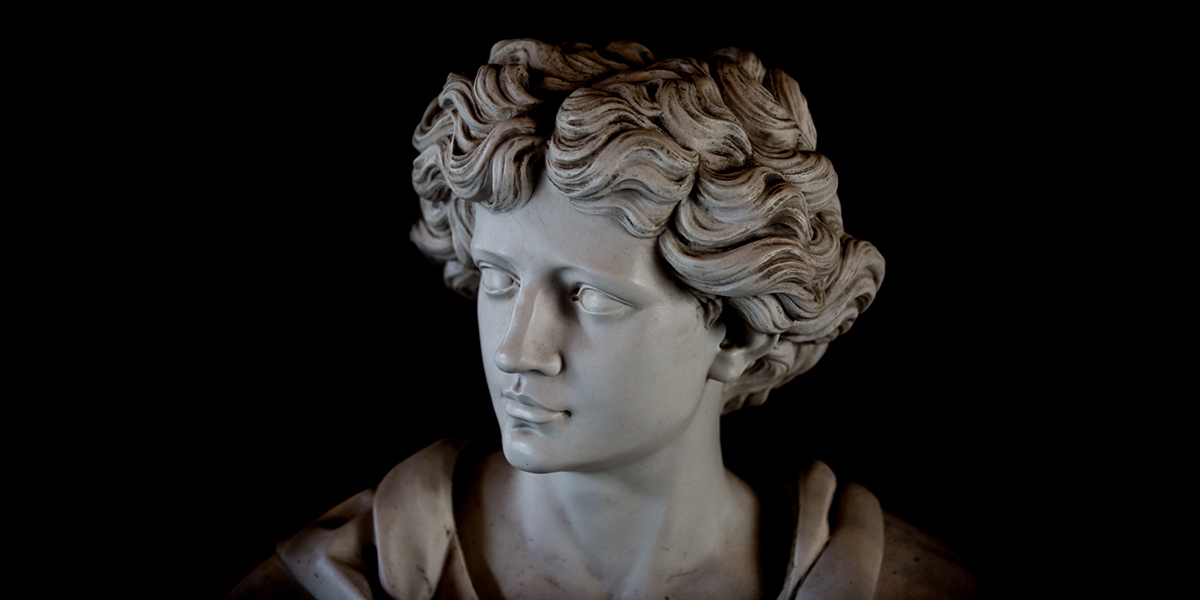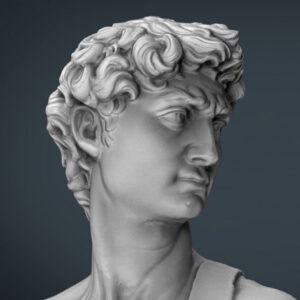
What is Ear Tube Surgery?
Ear Tube Surgery : Accumulation of fluid or inflammation in the middle ear is a health problem that may occur as a result of various infections and allergies. Although this condition can be seen in all age groups, it is generally more common in children. It may occur especially as a complication of upper respiratory tract infections.
At the initial stage, such problems can usually be controlled with medication and some home instructions. However, when inflammation or fluid accumulation becomes chronic or a recurring problem, more serious intervention may be required.
At this point, after a detailed evaluation by an ear, nose and throat specialist, surgery to insert a small tube into the middle ear may be recommended. This tube helps fluid drain out, reducing the risk of infection and may improve hearing capacity. Tube placement is a surgical procedure that usually takes a short time and does not require an inpatient stay, and is performed under general or local anesthesia.
Surgical treatment of otitis media should be performed by a specialist surgeon. This increases the success of the procedure and minimizes the risk of complications. It is vital for patients to follow their doctors’ instructions and go for regular check-ups in the post-operative period to get the best results.
What are the reasons for ear tube insertion?
Middle ear infection is a common health problem, especially in children, although it can also be seen in adults. This condition occurs due to fluid accumulation in the middle ear as a result of infections. Under normal conditions, this fluid is expelled from the ear through the Eustachian tube. However, in some cases, the fluid cannot be removed from this tube and accumulates in the middle ear.
This accumulated fluid can cause hearing loss, cause infection to progress , and even cause delays in language development in children. In the first stage, treatment is aimed at eliminating the infection and eliminating the fluid. However, in some cases, especially in children, this treatment is not sufficient.
In children whose ear structures are not fully developed, inflammation may frequently return or there may be no response to treatment. In this case, ear tube surgery may be considered to allow the middle ear to breathe and remove accumulated fluid. The ear tube helps remove fluid by ventilating the middle ear, thus reducing the risk of recurrence of otitis media.
Inserting an ear tube is of great importance, especially for children in their developmental age. Because hearing loss can cause learning difficulties and disruptions in language development. Tube placement should be performed by an experienced ear, nose and throat specialist. This procedure can help restore hearing functions while reducing the risk of infection.
As a result, ear tube insertion is a critical step in the effective treatment of otitis media in some cases. It may be necessary to both protect hearing health and reduce the risk of infection , and this procedure requires careful evaluation by an otolaryngologist to determine whether it is an appropriate solution for the patient.
To whom is ear tube applied?
Fluid buildup in the middle ear can lead to hearing loss and other health problems. The ear tube used to treat this condition and reduce the pressure on the middle ear can be made of metal or plastic. Surgical placement of an ear tube helps drain fluid from the middle ear and also allows air to enter the ear.
Ear tubes are inserted by an ear , nose and throat (ENT) specialist and are especially recommended in the following situations:
Chronic Otitis Media: In cases of otitis media that lasts 3 months or longer and does not respond to treatment.
Eustachian Tube Obstruction: This obstruction may cause fluid not to be expelled and to accumulate in the middle ear.
Allergic Reactions: Some allergies can also cause fluid accumulation in the middle ear.
Hearing and Speech Problems: Fluid accumulating in the middle ear can cause hearing loss and therefore delays in speech development, especially in children.
Eardrum Retraction: This can occur as a result of pressure on the middle ear, and tube placement can relieve this pressure.
Auditory Tube Dysfunction: This condition can cause fluid to build up in the middle ear, and an ear tube can help drain the fluid.
Barotrauma : Sudden changes in pressure can occur, especially during flight, and cause problems in the middle ear. Tube placement may be used to treat this condition.
Ear tube placement usually requires a short surgical intervention and is often performed in a hospital setting. This procedure should be performed by a specialist ENT doctor. It is important for patients to follow the care instructions specified after the procedure to get the best results.
How is Ear Tube Placement Performed?
Ear tube placement is performed to help drain the fluid accumulated in the middle ear. This is a surgical intervention by inserting a special tube into the eardrum. Here’s how this process is done step by step:
- First, the patient is put to sleep with local or general anesthesia. General anesthesia is generally preferred in pediatric patients.
- Working under a special microscope, the surgeon makes a small incision in the eardrum using a scalpel or laser.
- the incision , the surgeon carefully removes the fluid or pus accumulated in the middle ear with a special vacuum tool.
- A specially designed tube is placed into the opened hole. The size and type of tube may vary depending on the patient’s age, needs, and how long the tube will be in place.
- The procedure is usually very quick and the patient is allowed to go home the same day. Some patients may experience side effects such as mild fever, pain, or discharge, but these are usually temporary. The doctor will give specific care instructions to prevent any complications.
- Especially in children, they may be advised to stay away from normal activities for the first week after surgery. This can help speed up the healing process.
- As part of the healing process, the doctor may want to check on the patient at regular intervals. This is necessary to ensure that the tube is working properly and there are no complications.
Ear tube placement should be performed by an experienced ear, nose and throat specialist. The procedure is generally considered simple and effective and can provide significant relief for many patients. In case of any problems or concerns, the patient should contact his doctor immediately.
Period After Ear Tube Surgery: What Should Be Considered After Ear Tube Insertion?
After ear tube insertion, there are some common situations that patients may experience and things they should pay attention to. Here’s a guide on what to expect during this period:
Symptoms in the First Days: In the first few days after surgery, patients may experience mild pain and discharge from the ear. This is generally considered normal.
Medication Use: The doctor may prescribe antibiotic drops or painkillers for post-operative care. It is very important to use these medications exactly as recommended by the doctor.
Precautions Against Water: In the first weeks, the ear may not need to come into contact with water. Special products can be used to protect the ears while showering or swimming.
Activity Restrictions: Activities that may cause pressure changes should be avoided, especially in the first few weeks.
Abnormal Symptoms: If the patient experiences abnormal symptoms such as fever, bleeding, or foul-smelling discharge, they should contact a healthcare professional immediately.
Regular Checks: Having the ear tube checked regularly by a doctor can help detect complications early.
Long-Term Care: Ear tubes can usually fall out on their own within a few months. During this period, regular check-ups and following the doctor’s instructions are required.
Healing and Recovery: The purpose of ear tube insertion is to ensure proper ventilation of the middle ear and prevent fluid accumulation. This can improve hearing and reduce the risk of infection.
Possible Complications: As with any surgical intervention, some complications may rarely occur in ear tube surgery. Therefore, it is important to consult a doctor immediately in case of any abnormal situation.
The period after ear tube insertion is usually uneventful with proper care and attention. Patients’ strict compliance with their doctor’s instructions during this period helps to achieve the best results.
What is the Price of Ear Tube Surgery?
contact form to get price information about the surgery .





 Turkish
Turkish Français
Français Deutsch
Deutsch